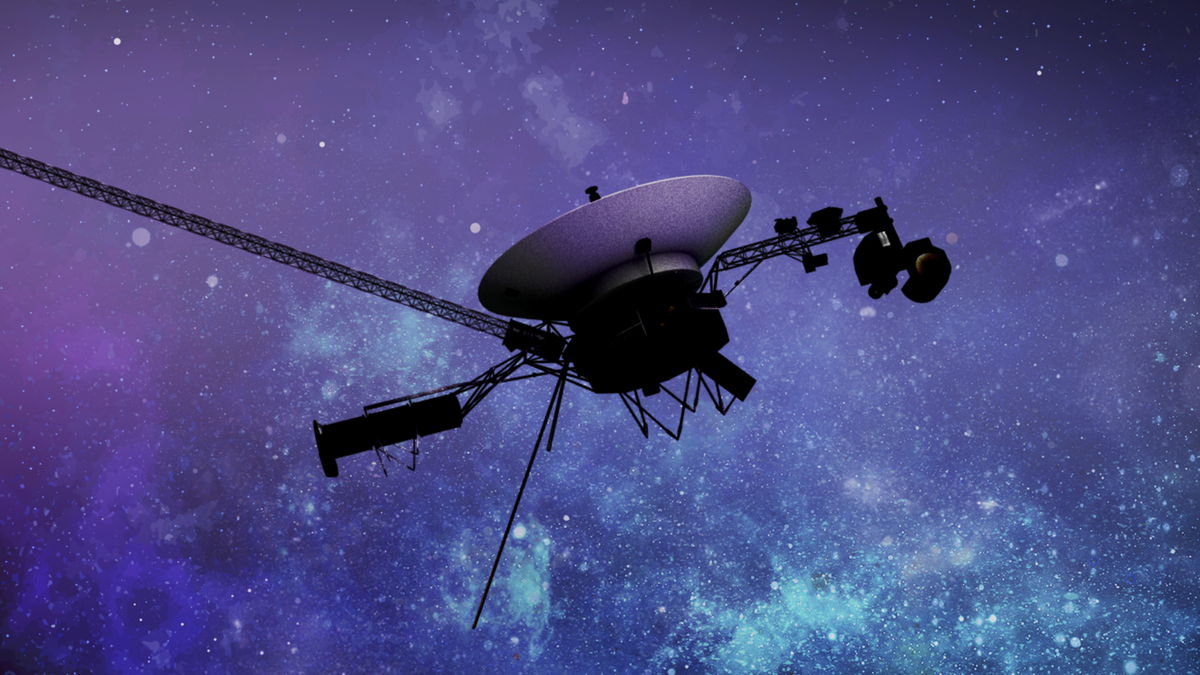Voyager 1 Spacecraft Nears Resolution for Data Anomaly
Following an extended period of transmitting nonsensical data to mission control, there is now a glimmer of hope for the Voyager 1 spacecraft. Engineers at NASA have successfully identified the root cause behind the strange anomaly affecting the mission, providing optimism that they can restore proper functionality to the interstellar probe.
Identifying the Issue
After thorough analysis, engineers at NASA’s Jet Propulsion Laboratory have determined that the Voyager 1 spacecraft’s flight data system (FDS) has been compromised due to corrupted memory hardware. Specifically, a defective chip responsible for storing a portion of the FDS memory is believed to be the culprit behind the erratic data transmission.
The FDS plays a critical role in collecting both scientific data from Voyager’s onboard instruments and engineering data related to the spacecraft’s health. This data is then consolidated into a single package and relayed back to Earth through the telemetry modulation unit (TMU) in binary code.
Challenges in Communication
One of the major setbacks encountered by the Voyager 1 mission stemmed from communication issues between the FDS and TMU. As a result, the TMU began relaying information to mission control in a repetitive sequence of ones and zeroes, rendering the transmitted data incomprehensible. While the exact cause of the corrupted FDS memory hardware remains uncertain, engineers hypothesize that it may have been triggered by an energetic particle from space or simply the natural degradation of the chip after decades of operation.
Notably, Voyager 1 was launched in 1977, closely following the departure of its sister probe, Voyager 2, on a similar celestial expedition. Achieving interstellar space in 2012, Voyager 1 made history as the first spacecraft to exit the heliosphere and venture into the vast expanse beyond.
Resolution in Progress
The troubles for Voyager 1 commenced in May 2022 when the spacecraft exhibited erratic behavior by transmitting nonsensical attitude articulation and control (AACS) data. Although engineers managed to circumvent the issue temporarily by redirecting telemetry data through alternate computer systems, the anomaly resurfaced in December 2023.
To address the problem, NASA engineers deployed a strategic command referred to as a “poke” to the spacecraft’s data system on March 1. This command prompted the FDS to explore various software sequences in an attempt to isolate the affected section. Subsequently, on March 3, Voyager 1 transmitted a comprehensive readout of the entire FDS memory, facilitating the identification of the glitch by enabling a detailed comparison with previous data archives.
Upon scrutinizing the memory readout, the team confirmed that approximately 3% of the FDS memory had been corrupted, impeding normal operations. Moving forward, the objective is to devise a solution that enables the FDS to function without reliance on the faulty memory hardware, thereby paving the way for Voyager 1 to resume transmitting vital data about the cosmos and continue its extraordinary journey through the depths of interstellar space.
Image/Photo credit: source url





